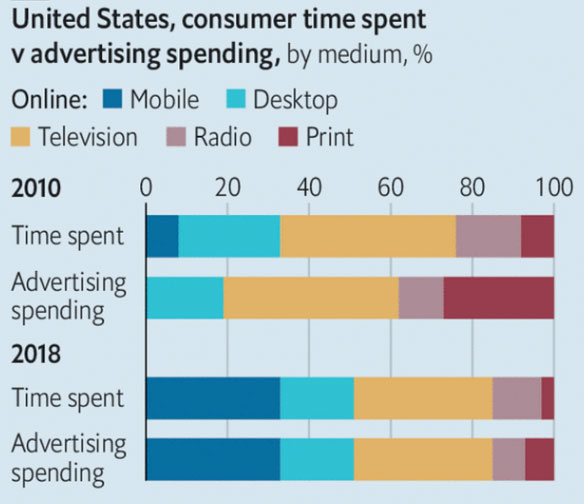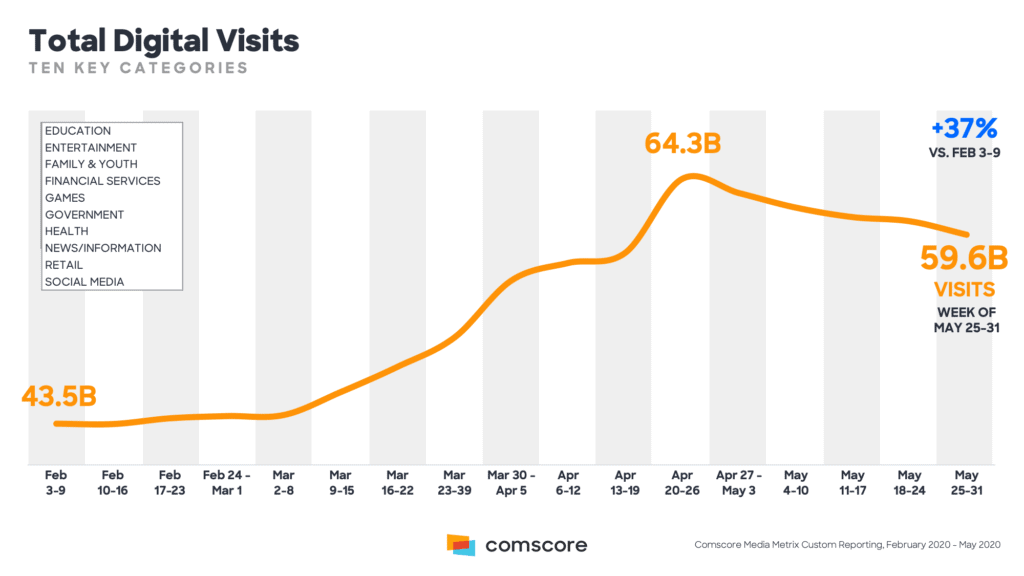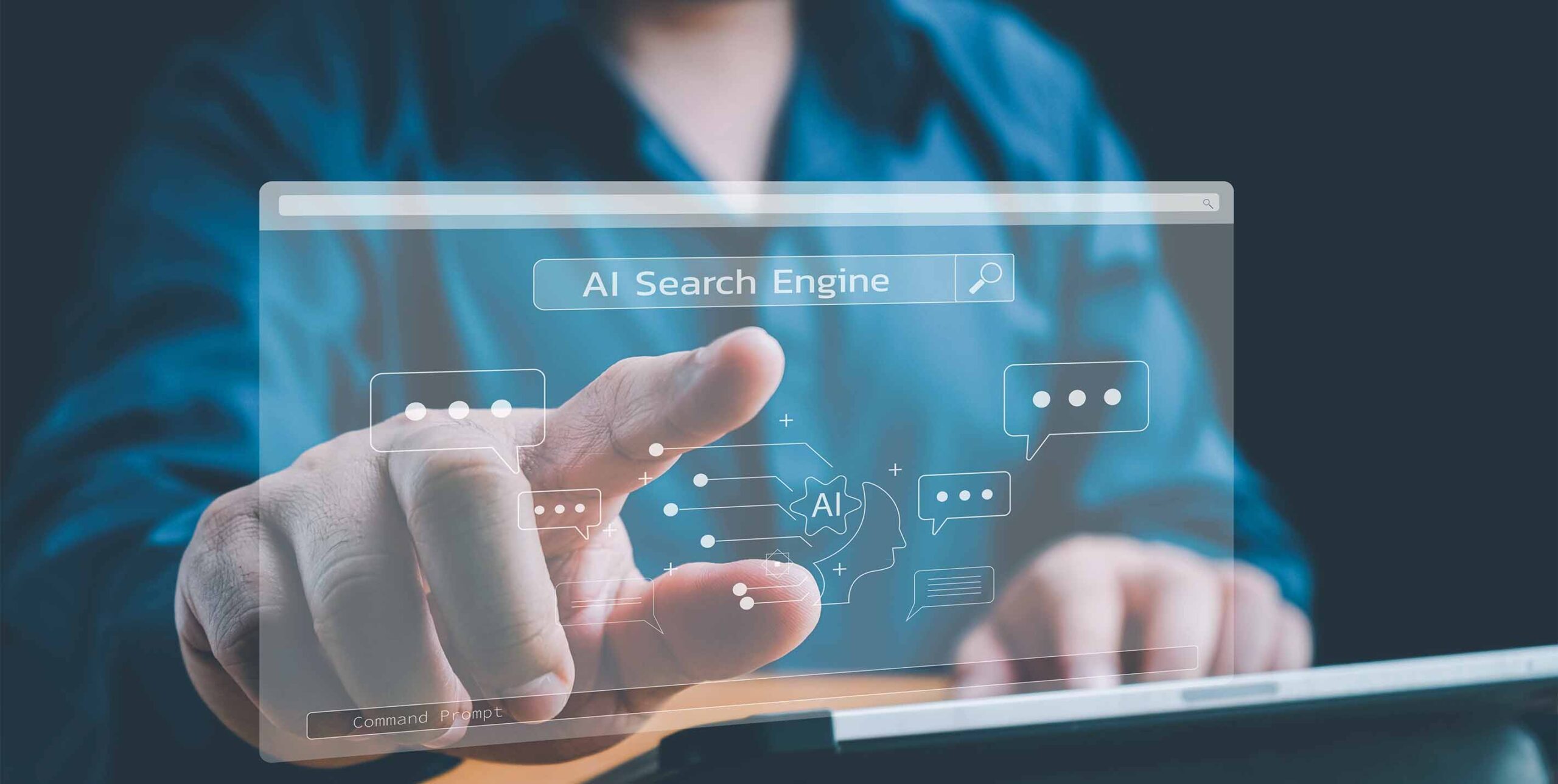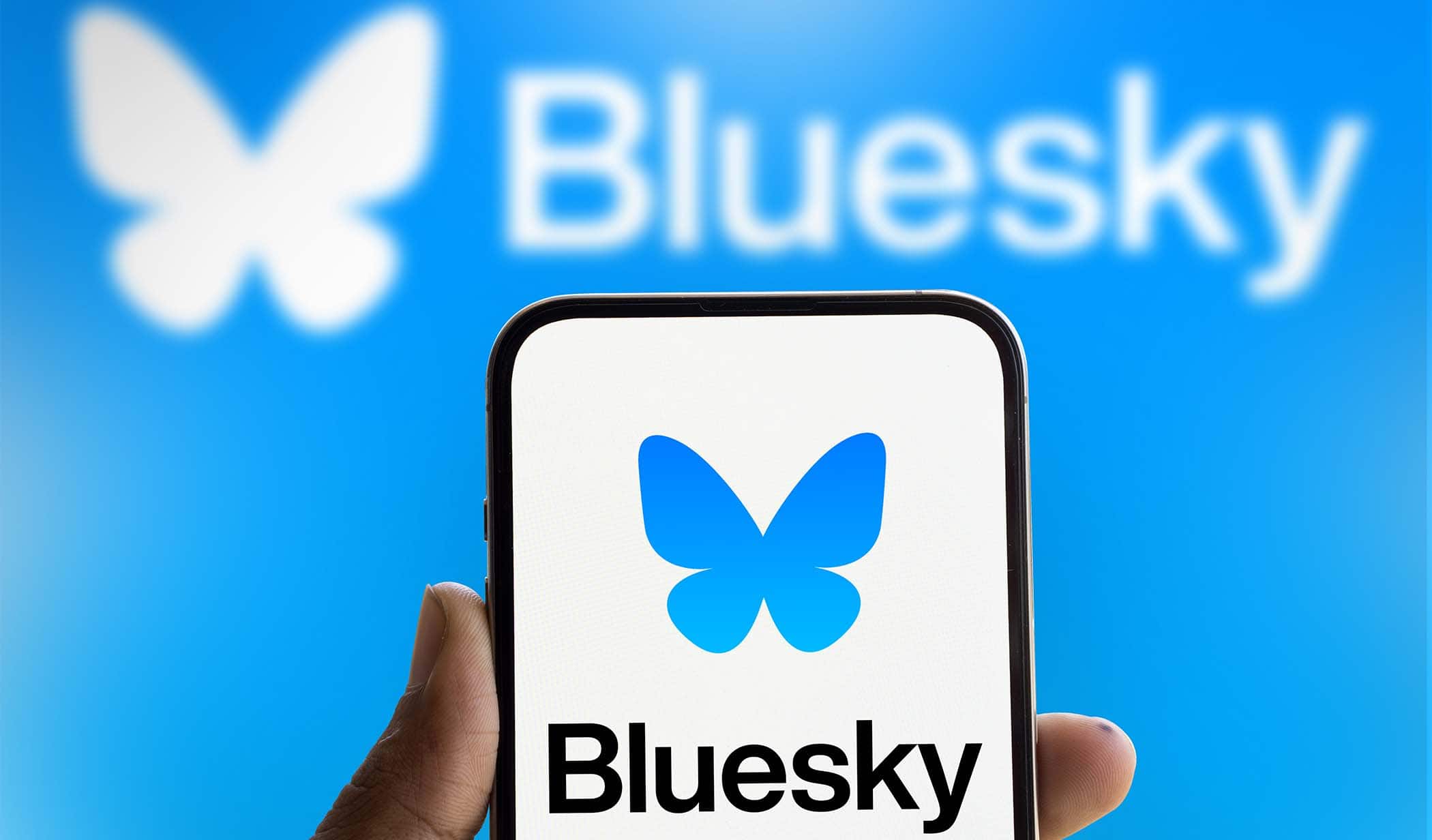5 Ways Coronavirus has Changed Media
This week, we’re going to be looking back at the almost five months since the WHO declared the COVID-19 outbreak a global pandemic on March 11, 2020. So much has changed. There are still more questions than answers. And several trends have emerged that have helped us understand how the coronavirus has changed media, how the coronavirus has changed consumer behavior, and how the coronavirus has changed real estate. Today, we’re going to be talking about one of the most obvious – and most underutilized – trends: the massive and almost-overnight adoption of digital as our primary, and oftentimes only, form of communication, connection, and business.
Digital First is Finally Here
In the past two years, well before COVID-19, social distancing, and the “homebody economy” consumed our lives, the world finally decided that digital marketing was as important as many have been saying for decades. Digital ad spending, as a percentage of total advertising spend, finally caught up to time spent online as a percentage of total consumer time spent interacting with media. That was before the pandemic.

Now, as digital usage continues to soar – leveling off from all time highs and still remaining well above pre-pandemic levels – the question isn’t where to advertise, but how to advertise most effectively online. In fact, digital ad spending is the advertising industry’s – and in a sense, consumerism’s – sole buttress. It’s the reason MoffettNathanson, a research firm, believes this recession will be different than in 2001 and 2009, and advertising spend as a whole may return to pre-pandemic levels in a matter of months, instead of years. For many, the internet is the only place to advertise, to communicate, and to do business right now.

The market agrees. Digital advertising, specifically on the big three – Google, Facebook, and Amazon – is the primary reason the stock market has been doing so well. The S&P 500’s four month streak of better-than-expected performance is the largest four-month gain (in terms of percentage growth) since late 1998. This is despite an increasingly dismal economic outlook and ongoing consumer anxiety.
The biggest reason for this is obvious – it’s where people are spending their time. Work and play have shifted online with lightning speed. And the pandemic has gone on long enough that many experts predict the behavioral shifts it caused – such as turning to streaming video over TV, flocking to social media sites in droves, and giving new meaning to screen time all the time – are here to stay. For businesses, there are huge advantages to adopting a digital first – or possibly digital only – marketing strategy, including:
- More affordability – digital advertising is far cheaper than traditional alternatives and online advertising costs have plummeted due to COVID-19, giving businesses of all sizes more opportunities to optimize their advertising. Shifting to digital is actually enabling companies to reduce their ad spend and pocket much needed dollars without sacrificing results.
- More flexibility – digital doesn’t typically involve upfront revenue commitments like TV and traditional media do; in addition, the influx of traffic online has led to a surplus in online advertising inventory so publishers, and ad platforms, are looking to sell as much as possible whenever possible, benefiting savvy digital media buyers.
- Better trackability – digital provides vastly superior measurement capabilities than traditional media, helping companies improve their marketing effectiveness and drive increases in ROI.
- More agility – as opposed to traditional advertising like print and TV where ad creative has to be planned months in advance and is incredibly expensive to change once it’s in production, digital ads can be changed in seconds. Marketing technology even exists to do this at scale. This presents brands with huge opportunities to both test and learn what messaging is most effective at any given time, and to pivot as needed and ensure messaging is appropriate when things change and what was once perceived as okay to say or do is no longer acceptable. Put simply, digital advertising reduces your reputation risk, in addition to saving you time and money.
- More personalized brand experiences – digital provides companies with the ability to optimize customer experiences and build stronger brand relationships, leveraging data to present the right message to the right audience at the time it’s most likely to resonate.
This pandemic, and resulting recession, has disproportionately impacted small businesses. Now more than ever, businesses must turn to digital to maintain – and where needed – cut costs and effectively drive new revenue. As the Economist writes, “Whereas old-school formats are taking their customary beating this year—print advertising will fall by 32%, expects MAGNA, a research arm of Interpublic, another big agency—digital will be flat, or even tick up. The internet draws in new advertisers and persuades existing ones to spend more. Smaller firms that cannot pay for pricey television clips can afford to experiment online. The 100 biggest advertisers on American network tv account for more than 70% of ad sales but in search and on Facebook the top 100’s share is 26% and 20%, respectively.”
For all of us, digital first – or digital only – is here to stay.
This post is part one of a five-part series that highlights how Coronavirus has changed media.
Read Part 2: Programmatic Audio’s Heyday
Read Part 3: The Direct Mail Opportunity
Read Part 4: Media Buying Becomes more Flexible
Read Part 5: Performance Marketing Takes Center Stage










